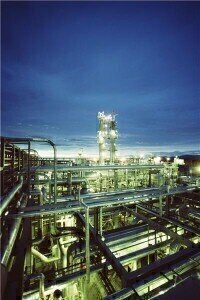Measurement and testing
Monitoring Levels of Insolubles Has Never Been So Simple
Jun 18 2008
Insolubles are solid Contamination particles often left in oil a result of the build up of combustion related debris and oxidation products. Insolubles constituents include carbon from incomplete combustion of fuel and, to a lesser extent, lubricants, organic polymers from oxidisation of the lube oil and fuel. They also contain sulphates from combustion of fuel sulphur and reaction with TBN additives and wearmetals. Metallic fuel ash and airborne grit such as dust, dirt and silica can also be present, as well as asphaltenes (mainly from engines using residual fuel oil).
High insolubles will cause lacquer formation on hot surfaces, sticking of piston rings and wear of cylinder liner and bearing surfaces. In addition to the wear, the detergent property of the oil will decrease, becoming a catalyst for further deterioration. A build up of insolubles will generally increase the oils viscosity and create other problems such as foaming. Increased oil viscosity will cause wear of bearings and running surfaces, blockage of oil ways and filters and fouling around the piston pack and piston top land.
The Kittiwake Digi Insolubles meter will give the user an accurate quantitative result in under two minutes and has a range of 0-2.5%.
Onsite Oil Condition Monitoring helpsminimize downtime,maximize efficiency, spot early signs of wear and damage, extend oil change intervals, reduce waste oil costs and add to your bottom line
Digital Edition
PIN 26.1 Feb/Mar 2025
March 2025
Analytical Instrumentation - Elemental Analysis for Quality and Process Control at Refineries, for Lubricants and Wear Metals in Engine Oils - Synthetic Lubricants: New Developments - Scaling...
View all digital editions
Events
Apr 14 2025 Moscow, Russia
Apr 15 2025 Moscow, Russia
Apr 22 2025 Hammamet, Tunisia
Apr 22 2025 Kintex, South Korea
Solar & Energy Storage Summit 2025
Apr 23 2025 Denver, CO, USA



















